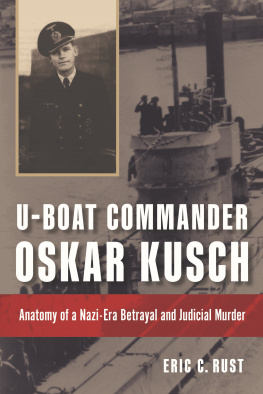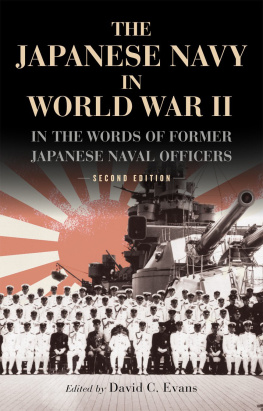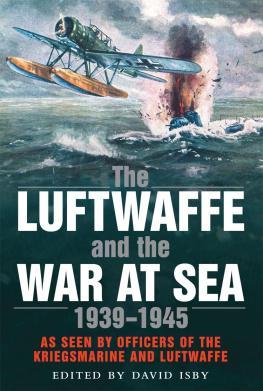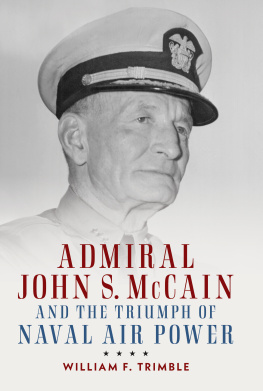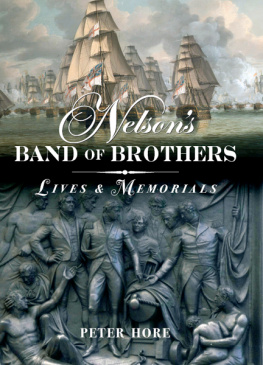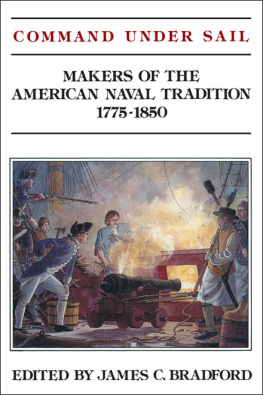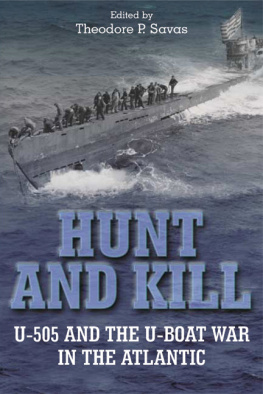Table of Contents
Guide
| AS/88 | Aufklrungsstaffel 88 (Naval Flying Squadron supporting Condor Legion) |
| ATO | Artillerie-technischer Offizier (technical officer, gunnery) |
| BA-MA | Bundesarchiv-Militrarchiv (Germanys Federal Military Archives in Freiburg) |
| BdU | Befehlshaber der U-Boote (commander-in-chief, U-boats) |
| BGS | Bundesgrenzschutz (Federal German Border Police) |
| CDU | West German Christian Democratic Party |
| CO | commanding officer |
| DNVP | Deutschnationale Volkspartei (German National Peoples Party) |
| Exec. | executive officer (second in command under CO) |
| FDP | West German Free Democratic Party |
| geh. | Geheime (secret) |
| Gkds. | Geheime Kommandosache (top secret document) |
| GM/SA | German Minesweeping Administration (post-war organization to clear European waters of mines) |
| HSO | Handelsschiffsoffizier (merchant marine officer) |
| kn | knots (nautical miles per hour) |
| KTB | Kriegstagebuch (war diary) |
| LI | Leitender Ingenieur (chief engineer) |
| MOH | Marine-Offizier-Hilfe (Assistance Association for Naval Officers) |
| MOV | Marine-Offizier-Vereinigung (Association for Naval Officers) |
| MSM | Marineschule Mrwik (Germanys naval academy in Flensburg) |
| NATO | North Atlantic Treaty Organization |
| NCO | non-commissioned officer |
| NSDAP | Nationalsozialistische Deutsche Arbeiterpartei (National Socialist German Workers Party) |
| NSFO | National sozialistischer Fhrungsoffizier (an officer attached to a regular Wehrmacht unit and entrusted with their ideological indoctrination) |
| N.T.B. | Nordseestationstagesbefehl (Orders of the Day, North Sea Station) |
| O.T.B. | Ostseestationstagesbefehl (Orders of the Day, Baltic Station) |
| PC | personal correspondence |
| PI | personal interview |
| R.B.Q. | response to biographical questionnaire |
| RDA | Rangdienstalter (relative seniority among officers holding equal rank) |
| R.G.Q. | response to general questionnaire |
| SA | Sturmabteilung (Nazi mass organization, also known as Brownshirts or stormtroopers) |
| SPD | German Social Democratic Party |
| SS | Schutzstaffel (Hitlers personal bodyguard and Nazi elite organization) |
| SSO | Schiffstammabteilung der Ostsee (Command responsible for infantry training of naval personnel assigned to Baltic Station) |
| ts | tons (naval ships: displacement; merchantmen: gross registered tons) |
| VDA | Volksbund fr das Deutschtum im Ausland (Peoples Association for Germans Living Abroad) |
| WI | Wachingenieur (watch engineer) |
I could not have written this collective biography of the 318 men who joined Germanys Navy in 1934 to become professional officers without the generous cooperation of the survivors of Crew 34. After conquering initial skepticism about the scope and purpose of this project, no fewer than 78 of them chose to share their views and experiences with me. Their names are listed in the bibliography, and I thank them all. They represent every subgroup of the Crew, including many widows, and have supported this study through interviews, questionnaires, letters, diaries, scrapbooks, photographs, newspaper clippings, and other personal records. Their recollections were supplemented by a complete set of Crew newsletters (Crew-Briefe) since 1937, several yearbooks, and other materials mainly relevant to the pre-war years. Highly valuable proved the Crewbuch of 1954. It contains a biographical sketch and career information about every single Crew member up to that time.
Germanys military archives in Freiburg furnished important data about Crew 34s activities in World War II as well as details on the early phase of its life. The holdings of the Marineschule Mrwik, Germanys naval academy, surprised the author with Crew memorabilia long thought lost in the war. Secondary literature helped trace the mens fate between 1939 and 1945. Few books on the war at sea fail to mention representatives of the Crew, as they fought and died literally on all seven seas from the North Sea and the Baltic to the Pacific Ocean. Only one published work deals exclusively with a member of the Crew. It covers the trial of Lieutenant Commander Heinz Eck, who in 1944, as skipper of the submarine U 852 in the South Atlantic, became entangled in an incident for which he was tried and shot after the war. In other works members of the Crew figure prominently, while they themselves have published in a number of fields over the years.
A special note of gratitude must go to Captain (ret.) Siegfried Ammo Jrgens, the Crewbetreuer, or Crew secretary, for his unfailing support, advice, and encouragement over the years. Other Crew members, among them Rear Admiral (ret.) Erich Topp, Vice Admiral (ret.) Heinz Khnle, Captain (ret.), Hermann Brner, and Herr Gtz von Hartmann, read portions of the manuscript, supplied additional information, and offered commentary from their respective vantage points.
Elsewhere in Germany Dr. Hans-Joseph Maierhfer, Herr Jamans, and Herr Wenzel helped broaden the documentary basis of this study when I perused the holdings of Germanys Military Archives in 1983. So did the staff of the Historical Collection and Library and the Marineschule Mrwik, above all Herr Franz Hahn, Frau Kossack, and Frau Wenzel. My good friend Commander Heinz Siedentopf of the West German Navy later tracked down a crucial source I had overlooked during my visit to Flensburg. In Stuttgart, Dr. Jrgen Rohwers Bibliothek fr Zeitgeschichte made available many unique sources, including photographs, mainly relevant to World War II.
In this country Dr. Gaines Post, Jr., of Claremont-McKenna College, and Dr. Carolyn P. Boyd of the University of Texas at Austin have enriched this study in ways only I can know but all readers will appreciate. Dr. Holger H. Herwig of Vanderbilt University, Dr. Charles S. Thomas III of Georgia Southern College, and Dr. Frederick S. Harrod of the U.S. Naval Academy provided information, advice, and encouragement. My colleagues at Baylor Universitys History Department, especially those who themselves spent time at sea, have helped with matters of naval technology and terminology. But no one has made greater contributions and sacrifices for the sake of this study than my wife Karen and our little Thomas. Much too long, while this project was taking shape, they had to live with what seemed a mere part-time husband and father. I trust they can look forward now, just as the survivors of Crew 34 on the last leg of their voyage, to calmer waters.
Contemporary history places historians in a special relationship to their subjects as well as to the sources on which their findings depend. I am satisfiedthrough personal impressions, through independent means of confirmation, and through the very freshness and frankness of the testimony itselfthat this story of Crew 34 retraces the past with a minimum of distortion. But if the collection of evidence, its analysis, and the formulation of conclusions must reflect scholarly integrity, so must the treatment of oral and written information tendered under the assurance of confidentiality. For this reason a code shields Crew members against the disclosure of their identity in the reference notes. This code is known only to the author and will be made available to professional historians for the sole purpose of verifying the evidence. Such assurances could not be granted, of course, when referring to secondary literature or to official documents. Crew records not generally available to the public, but not exactly privileged materials, have been treated with appropriate discretion.
Next page

